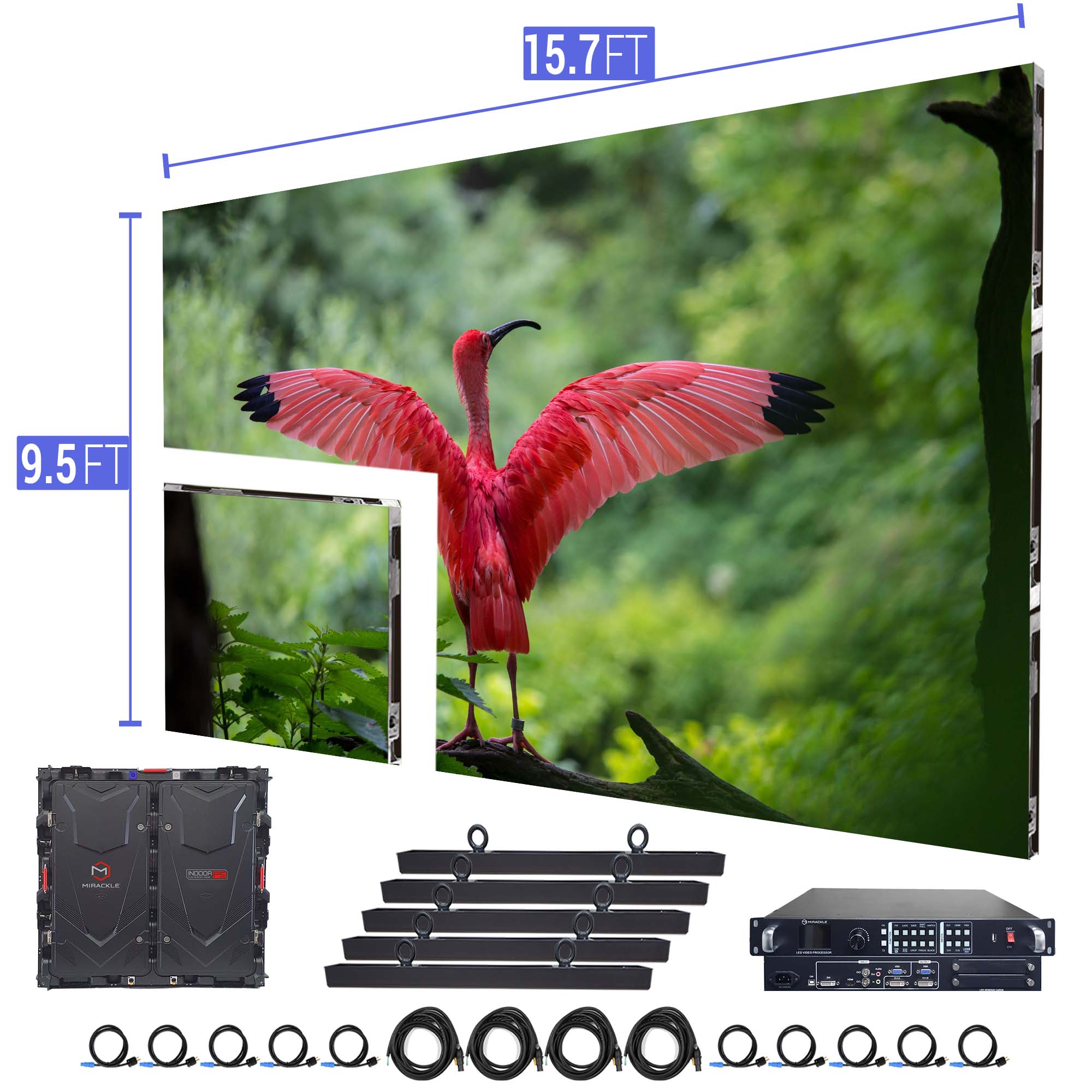Improving Efficiency and Lifespan By Implementing Optimal Thermal Management in Digital Display Assemblies
Wiki Article
LED display screens remain increasingly prevalent across various sectors, spanning marketing, leisure, and also home design. Such units offer vivid, lively displays that can attract interest and enhance aesthetic impact. However, one key consideration of maintaining their efficiency and lifespan is effective thermal control. When Light Emitting Diode panels function, they emit heat. When this thermal load is not controlled appropriately, it can lead to reduced illumination, chromatic accuracy, and even a shorter operational life for the units. Therefore, knowing how to efficiently manage thermal output is crucial for optimizing the performance of Light Emitting Diode panel panels.

Thermal dissipation in luminescent technology describes the methods applied to handle and minimize the surplus heat generated during function. One frequent method employs materials with strong thermal conductivity, including alloy or copper. These metals can efficiently conduct heat out of the luminescent components, maintaining the system temperature within a acceptable range. In addition, the engineering of Light Emitting Diode modules plays a crucial role in thermal control. Panels that integrate thermal sinks or ventilation systems permit heated airflow to dissipate while drawing in fresh currents, further supporting heat management.
Another important factor in proper temperature Go Here dissipation is correct mounting and placement of Light Emitting Diode modules. Guaranteeing that there is adequate clearance near the panels enables enhanced circulation, which helps to lower the temperature of them efficiently. It is also crucial to avoid installing Light Emitting Diode modules in enclosed areas where temperature can become accumulated. Instead, they should be mounted in locations with effective ventilation to support maximum heat control. Specialists often recommend positioning LED displays at a distance from intense UV rays or other heat sources to prevent thermal buildup.
Routine servicing of Light Emitting Diode modules is also crucial for achieving efficient heat dissipation. Particles and contaminants can collect on the outer layer of the panels and inside their parts gradually. visit their website This accumulation can block ventilation and impair the panel’s capability to regulate temperature. Wiping the outer areas routinely and verifying that any inside mechanisms are without clogs will help maintain optimal performance levels. In addition, inspecting for any indicators of deterioration or faults can aid avoiding thermal issues risks before they become severe failures.
To conclude, proper thermal management is essential for enhancing both the efficiency and durability of LED wall panels. By using materials with high thermal conductivity, ensuring proper setup and placement, and performing routine upkeep, operators can greatly improve their light-emitting experience. Understanding these principles not only helps in sustaining the integrity of the screens but also promotes energy savings and environmental responsibility in display technology. As innovations in technology move forward, focusing on thermal control will remain an essential aspect of utilizing Light Emitting Diode displays to their full potential.